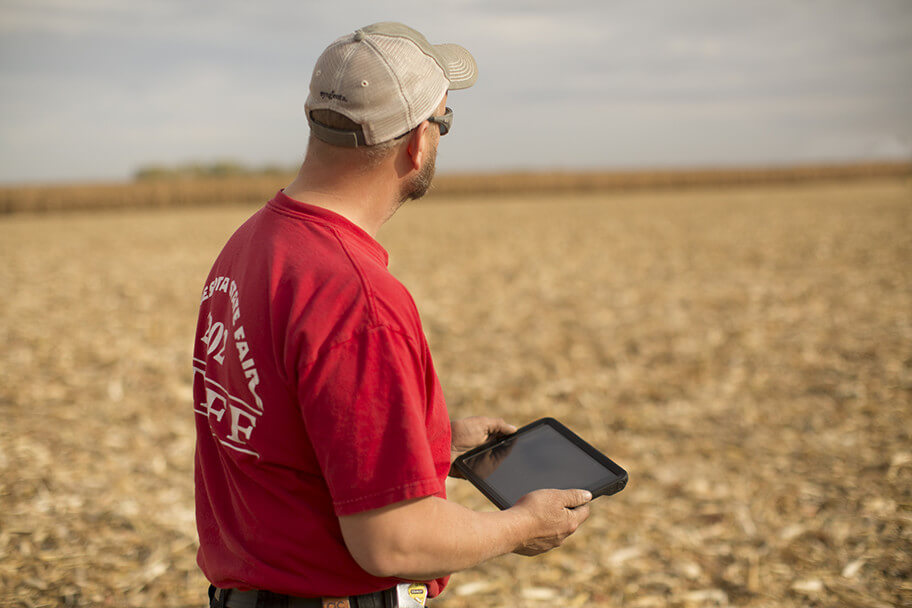Determining variable-rate fertilizer applications

As harvest begins in some parts of the country, collecting yield information now can help farmers make sound management decisions for the spring. Specifically, many farmers are considering variable-rate fertilizer applications for late fall.
Knowing which parts of your fields are more deficient in nutrients and which are less deficient allows you to place fertilizer exactly where it is needed for the highest yield potential and return on investment (ROI) potential. This kind of precision also helps farmers be even better stewards of the land, by minimizing unintended environmental impact and using best management practices.
Grid soil sampling will help you specifically target areas in need of particular nutrients. For example, if you take 20 core samples from a 2.5-square-acre area and combine them for testing, you can then look spatially on a map to determine if that sample falls within acceptable levels for various nutrients. Then you can apply nutrients appropriately in areas that, based on the numbers, have the highest potential rates of return.
Like the saying goes, if you can’t measure it, you can’t manage it. The ability to place nutrients strategically will likely save you time and money in the long run. It’s about using whatever per-acre fertilizer investment you have in areas with the highest ROI potential.
Knowing which parts of your fields are more deficient in nutrients and which are less deficient allows you to place fertilizer exactly where it is needed for the highest yield potential and return on investment (ROI) potential. This kind of precision also helps farmers be even better stewards of the land, by minimizing unintended environmental impact and using best management practices.
Grid soil sampling will help you specifically target areas in need of particular nutrients. For example, if you take 20 core samples from a 2.5-square-acre area and combine them for testing, you can then look spatially on a map to determine if that sample falls within acceptable levels for various nutrients. Then you can apply nutrients appropriately in areas that, based on the numbers, have the highest potential rates of return.
Like the saying goes, if you can’t measure it, you can’t manage it. The ability to place nutrients strategically will likely save you time and money in the long run. It’s about using whatever per-acre fertilizer investment you have in areas with the highest ROI potential.

